I grew up in the 70s and 80s and comic books were the devil, at least according to teachers and grown-ups. But comics were what taught me to read faster, better, and more importantly: more. And I have my Grampy to thank.
From Depot News to Flo’s Variety

Chris Brogan and his grandfather
My grandfather was a candy salesman, who had a route that covered the capital city of Maine, Augusta. When I begged and pleaded enough, he’d take me along. We’d visit all the places where candy was sold (besides big grocery stores), and back then, that was the Greyhound bus depot (Depot News), and the little drug store on Sand Hill (Flo’s Variety).
Back then, every place that sold candy sold comics. There weren’t “comic book shops.” And Grampy would get hit up for buying comics at almost every one of these stops. I wanted “serious” comics, even though I was five or six. That meant Justice League and Batman and Spider-Man. I had a scary one with Morbius: The Living Vampire, and sometimes a Casper the Friendly Ghost comic got snuck in somehow.
I’d pore over every detail, ask questions about tricky words. (At five, most of the words were tricky.) Sometimes, I’d “fake it” and tell my version of the stories based on the pictures. Batman pulled on the popcorn vendor’s face only to discover it was actually the Riddler hiding in a costume! That doesn’t need a whole lot of narration. But it let me tie pictures to words.

The Secret of Comic Books
The “secret” of comic books is that they exist to help people relate to that intense feeling of being different, of being not like other people. They give an alternative to “trying to fit in” for the most part. And that’s powerful.
 If you look at a comic character like the Hulk, you might just see a big green rage beast yelling and destroying things. But the story is about wish fulfillment for everyone who’s felt weak, been bullied, or looked different. Spider-man is about having to do the work and bear the responsibility of his station. Superman (one of my least favorite superheroes) is about coming to terms with being different and an “other.”
If you look at a comic character like the Hulk, you might just see a big green rage beast yelling and destroying things. But the story is about wish fulfillment for everyone who’s felt weak, been bullied, or looked different. Spider-man is about having to do the work and bear the responsibility of his station. Superman (one of my least favorite superheroes) is about coming to terms with being different and an “other.”
The secret of comic books is that they speak well to people who feel like they don’t fit in, who are “other” in some way. The X-Men is a tale of facing racism over and over, where “mutant” takes the role of whatever race isn’t popular. The Fantastic Four has Reed and Sue who look perfectly normal and Johnny who revels in his powers, but also Ben Grimm who is irreversibly turned into a big hunk of orange rocks. Powerful but gruesome. And the stories those Fantastic Four books told over and over was that even to “look normal” wasn’t enough to make life okay.
The Rise of the Graphic Novel
As an art form, comics continue to evolve and thrive. Comic stores in the 90s almost killed the medium because collectors outpaced readers and stores evolved to capture dollars instead of encouraging a love of reading.
But alongside this, brilliant and vital graphic novels came to life. It’s easy to look at Maus by Art Spiegelman and see its value as a World War II story, but there’s every bit as much importance in Alan Moore’s The Watchmen, about authoritarianism, or Frank Miller’s The Dark Knight Returns about the corruptibility of power in government hands. Creative ventures like the massive series The Sandman by Neil Gaiman show historic stories retold, clever multi-issue arcs that resolve across several books, and a much more evolved depth of reading skill required than the typical pow-kaboom level of “kids” comics.
If you watched The Walking Dead series and marveled at the depths of sorrow they evoke, try the graphic novels. Each omnibus version (that’s how I collected mine) led to a very lasting sense of ennui and low-grade depression, which says a lot about a book about people trying to survive zombies and rebuild civilization.
Teaching Around Graphic Novels
Graphic novels can give easy access to concepts that might otherwise be difficult to approach. The Pride of Baghdad, a story by Brian K Vaughn about a pride of lions who briefly roamed the city of Baghdad becomes a tale of different perspectives and views of the Iraq war.
They Called Us Enemy by George Takei (Sulu on the classic Star Trek TV series, by the way) tells his first-person story of being housed in US concentration camps during World War II makes an incredible way to talk about “kids in cages” in America right now.
V for Vendetta by Alan Moore talks about resistance and how society can lock into far too stringent a viewpoint to be healthy for the people, as well as the danger of police states which is a way to talk about police responses to Black Lives Matter rallies and the like.
There are endless ways to use the lightest and easiest of works to the heaviest and most involved pieces of literary material to teach, and the only risk you run as a teacher is that of accidentally discounting graphic material as somehow “lesser” or “lighter” than reading a word-packed tome on the same subject. That’s like thinking that word count equals quality of knowledge, which would be a terrifying assumption. A picture is worth what? Right.
[bctt tweet=”There are endless ways to use the lightest of works to the heaviest and most involved pieces of literary material to teach. The risk you run as a teacher is of accidentally discounting graphic material as “lesser”. ” username=”chrisbrogan”]
Go East, Young Teacher
The Japanese tradition of manga shows a vastly different take on the value of graphic novels in entertainment, education, and society. Grown adults frequently and without any hesitation purchase and read manga on a very wide variety of topics in Japan, and this passion has slowly made its way west to new generations of readers.
My oldest son was able to sum up the major events of World War II as well as the dispositions of the countries involved by telling me plot points from the anime show Hetalia (based on an even smarter series of manga). The manga Golden Kamuy covers the early 20th-century Russo-Japanese war and also talks about Japan’s own indigenous people (warning: you’ll be hungry half the time you read this series because it talks in detail about food).
Where the west focused a lot more on superheroes, science fiction, and swords and sorcery, all parts of society and life and experience are covered in eastern manga titles. Sure, there are plenty of cute robots in the pages of manga, but there are just as many books about relationship struggles, about family dynamics, and about a dizzying array of careers that you or I might not consider worthy of a graphic novel (but that are quite entertaining to read).
Summing It Up
Before assigning any graphic novel, check for teacher reviews, online information, and anything else that can help you preview the suitability of the material for your readers. Give every book a once-over yourself anyway to ensure it matches your teaching standards as well as the rules of the school system, and do your diligence in looking past the shiny colors to determine if the book covers material that matches the age of your readers. Remember that cute little bunnies murder and tiny daisy-faced creatures might run a brothel, so never ever confuse the look of material with an actual read-through of the content.
Realize that what will connect with one student won’t with another. Some kids love the graphical format. Others find it a grind. It’s also sometimes harder for people with issues like dyslexia. And while I found graphic storytelling to be a great way to associate meaning with words, it can just as easily lead to incorrect interpretations, so be ready to explain certain situations, just like you might with a typical textbook.
Graphic novels and comics in general are worth your time and they power up reading in ways you will appreciate. For every interesting book that’s fun as a comic, there’s often supporting work with more heft to it that you can recommend as adjacent subject matter. The magic parts are up to you!

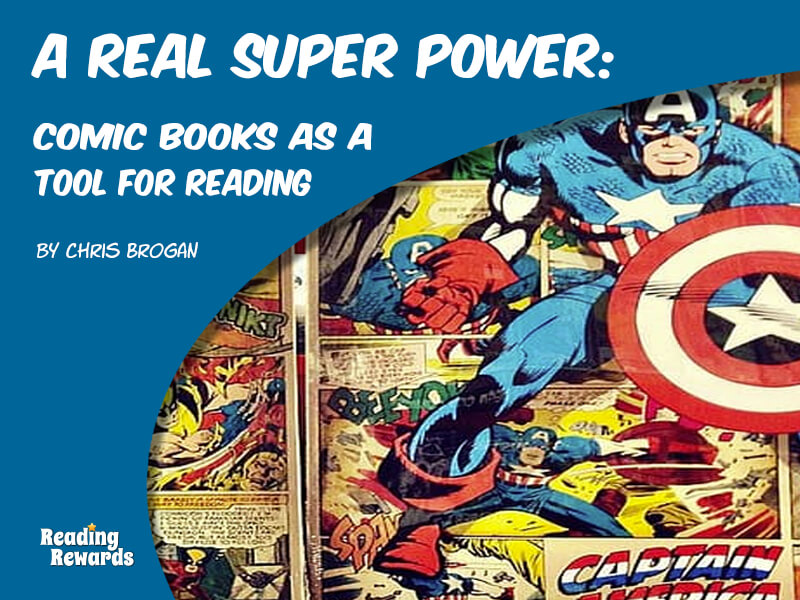
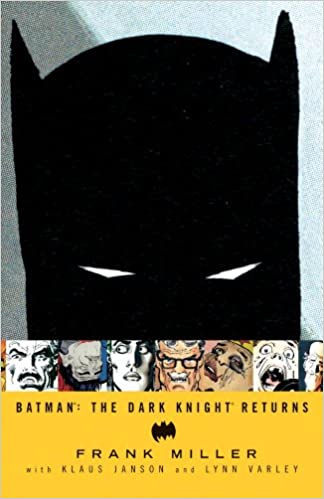
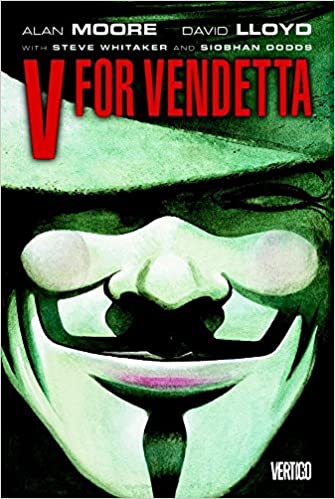
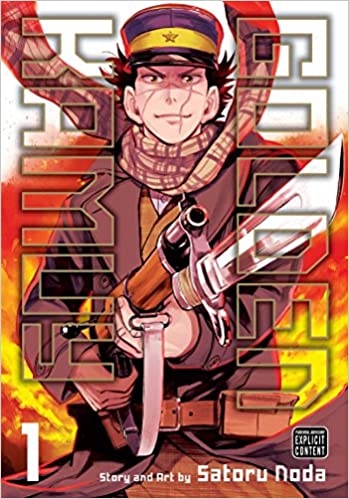
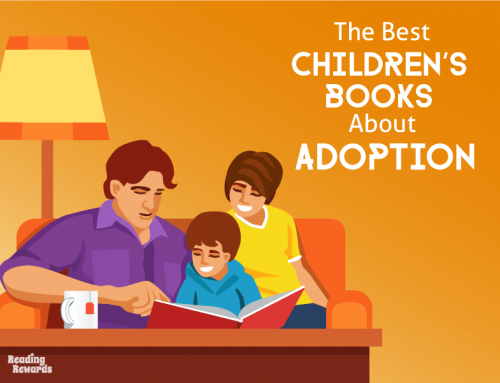
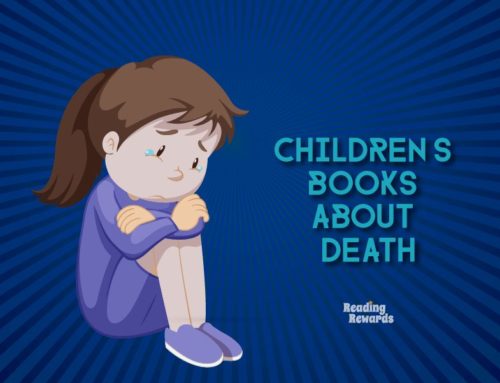
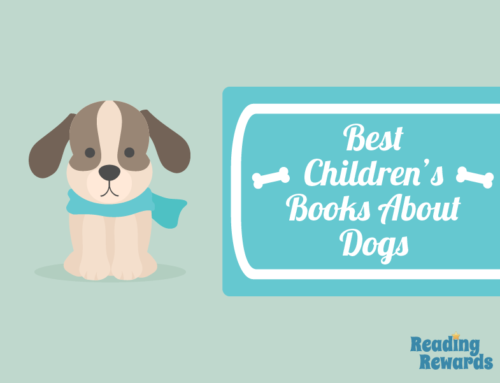
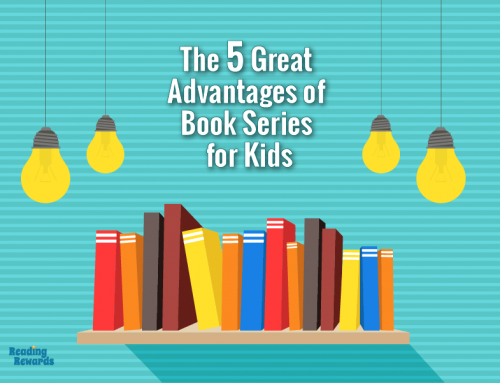
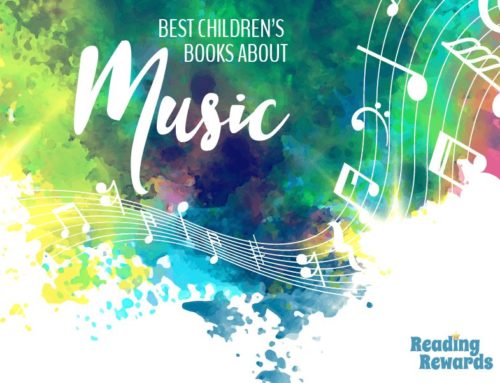
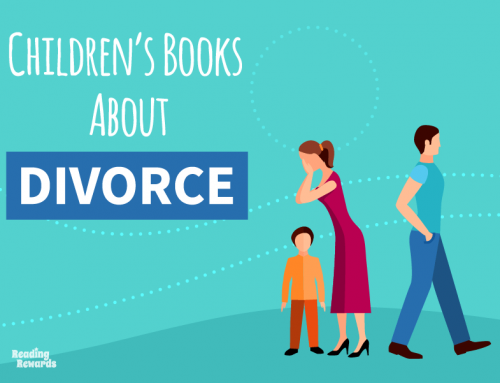
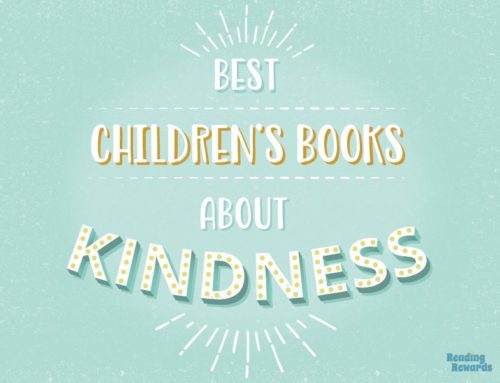
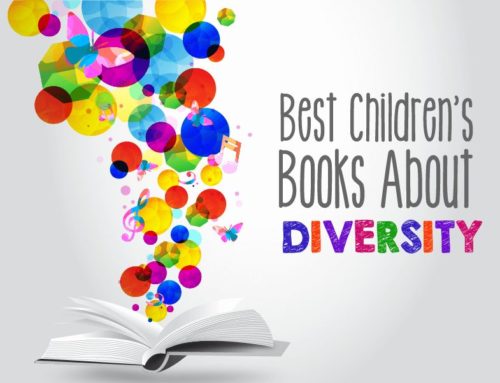
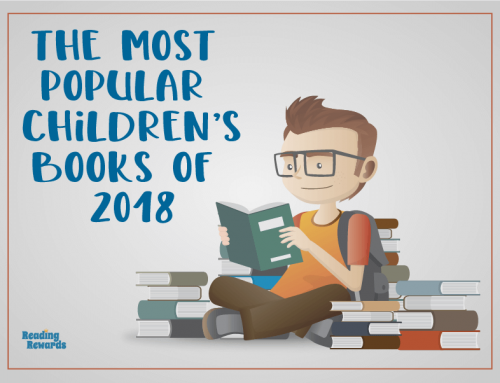

Leave A Comment